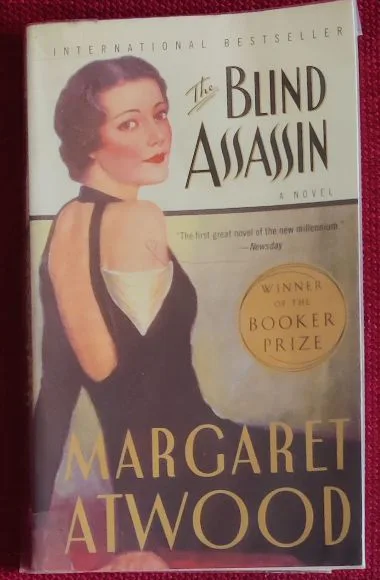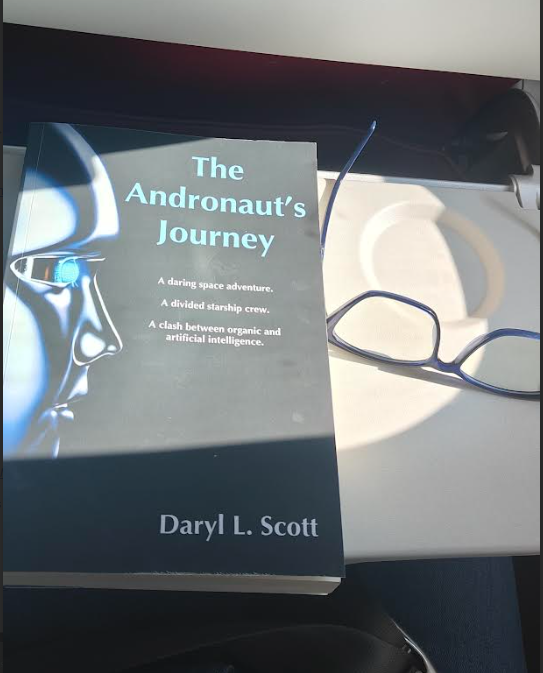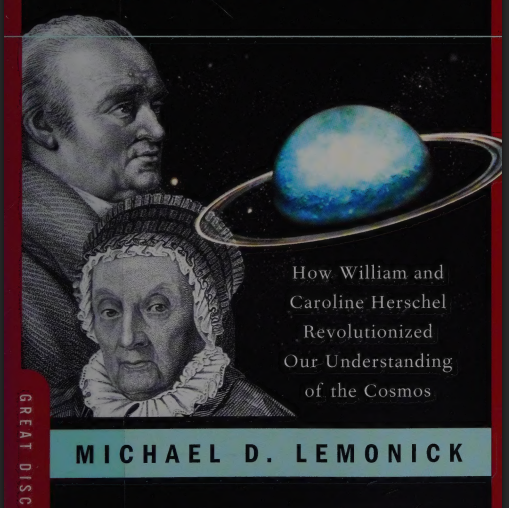
“The Blind Assassin” is a book authored by Canadian writer Margaret Atwood, initially published in 2000. This marks my second time reading the same book, yet I still don’t feel adequately prepared to provide a review.
This book is intricately and elegantly crafted. As we delve into its pages, we gain deep insights into the characters, yet there’s a veil of uncertainty about whose perspective we’re truly witnessing. I felt myself compelled to hunt for subtle clues sprinkled throughout the book, determined to unravel the mysteries concealed within its pages.
It is indeed a fantastic, soul-stirring book, as mentioned above, very difficult to review. The following article is just an attempt of putting down my perspective and exploring some of the themes and characters that left a lasting impact on me. This post also contains spoilers, just in case.
A Saga of Historical Fiction
The book starts shortly after the end of World War II, a girl name Laura drives off a bridge in Port Ticonderoga, Canada. She is Iris’, the protagonist, younger sister. As per newspaper report, it was an accident but Iris thinks otherwise. And then the element of flashback begins.
It not only contains the life’s trajectory of an octogenarian but also a story, which can be categorised as science fiction, within the main narrative. I’ll talk about the science fiction part a li’l later but before that here are a few points, worth mentioning. Since the book is also a historical fiction, so there are references of the following historical events:
- The Rise of Industrialisation: The book clearly mentions the after effects of the growth of industry and mass production in Canada, particularly in Southern Ontario.
- World Wars: Both the WWs leave deep scars on the main characters. Iris’s father, Norval Chase, fights in World War I and returns a changed man. He becomes disillusioned, loses faith in God, and struggles with alcoholism. Her sister, Laura becomes second hand political activist and involves with the underground resistance, during World War II. The characters were faced with the trauma, loss, and disillusionment, which is caused by these global conflicts.
- The Great Depression: It catalyzed labor unrest and discontent among workers, ultimately influencing the novel’s social and political backdrop.
- Canadian Political Movements: The book references events like the On-to-Ottawa Trek, a protest march by unemployed workers in 1935, and communist rallies.
- Spanish Civil War: There is a passing reference of the Spanish Civil War. When the man (who was telling the science fiction within the main narrative) informs the woman about his fight in the war. He could be one of the volunteers who joined the Spanish Republican side during the Spanish Civil War (1936-1939). Charaters like Alex and Laura were also seen influenced by ideologies such as communism, socialism, and anti-fascism.
The Main Narrative
With the flashback, we gain insights into the family tree of Iris Chase. Her grandfather, Benjamin Chase builds a button factory in Port Ticonderoga, Canada, in 1870s. He marries Adelia, and have three sons: Edgar, Percival, and Norval. However, she dies of cancer in 1913. During the same time, WW I begin and the three sons enrol themselves for the war.
Before leaving for war, Norval gets married to Liliana. And around 1916, Iris is born and within the same month, both Edgar and Percival are killed in the war. After five years, Laura is born and few years later, Liliana too dies.
The Great Depression hits Ontario and Norval gets involved with the relief effort. This, however, is criticized by a fellow business man, Richard Griffen. Eventually, a strike takes place at the button factory. This marks the first downhill milestone in Chases’ socio-economic status. To make things better, Norval convinces Iris to marry Richard. The marriage does takes place but nothing better happens in the girls’ life. As a matter of fact, Norval dies soon after the marriage, while Richard and his sister, Winifred, completely dominate both. They try to put Laura is school but she is expelled for being disruptive. By the time she turns 17, Winifred grows desperate to marry her off. But Laura does not budge. Richard and Winifred announce their plan of sending her to a mental institution called BellaVista. According to them, Laura is jealous of Iris and since Iris is pregnant, she too thinks she has conceived. So, they claim their decision is the only way to keep her sane. During this time, Richard do not permit Iris to communicate with her sister. Ultimately, Laura runs away from BellaVista.
During the early 1945, a week after World War II ends, she calls Iris. And informs her that she has been blackmailed by Richard. At this point, Iris reveals two things to Laura:
- first, she’s been in love with Alex, and
- second, he has been killed in war.
Laura reacts with surprise to the above information. On the surface, she seems to have a close friendship or even a potential romantic interest in Alex. She had also protected him by offering him place in attic of Avilion (their house in Port Ticonderoga) after the riots and shared intellectual discussions with him. The revelation of Iris and Alex’s truth, along with the abuse she suffers, deeply devastates Laura. Eventually, she steals Iris’s handbag and car keys and drives away in her car. Later, her accident news hits the headlines.
After Laura’s passing, Iris discovers her sister’s notebooks and uncovers the harrowing truth that Richard had been sexually assaulting Laura for years. In a fit of rage, she gathers her stuff including her daughter, Aimee and leaves his place to Port Ticonderoga. In 1947, Iris publishes “The Blind Assassin” under Laura’s name, triggering a scandal that ends Richard’s political aspirations. And within a few days, he also commits suicide. Although Winifred makes sure it looks like an accident.
The narrative concludes with the death of Iris in 1999. Throughout the novel, she is seen waiting for her grand-daughter, Sabrina. Her only wish is to tell Sabrina her story in person.
The Blind Assassin: Story Within the Main Narrative
The Blind Assassin is a story narrated by an un-named man to a woman, most probably his girl-friend. The narrative being recounted in fragments as the characters meet periodically in different locations. This adds depth to their storytelling dynamic.
The story is about Sakiel-Norn, a city on Zycron. Here the children are enslaved and they are forced to make carpets until they go blind. Those who manage to escape brothels, which is their only future prospect, become hired assassins.
Sakiel-Norn displays dystopian era. Here human sacrifice is practised fervently although majority have lost their religious faith.
The man recounts the tale of Zycron, detailing the impending sacrifice of a girl and the employment of a blind assassin tasked with her death. All within a larger scheme to depose the King of Sakiel-Norn. The blind assassin instead, falls in love with the girl and so they flee the kingdom only to be devoured by wolves, at the outskirts.
The story makes the listener sad due to the un-happy ending. The narrator then informs the listener, (also his girlfriend), about his imminent departure from the country, as he is likely to join the Spanish Civil War. The woman resolves to leave her husband and live autonomously while awaiting the war’s conclusion. Tragically, this plan never materializes as she receives a telegram announcing the man’s untimely demise.

My Two Cents
I am totally in love with this book. In fact, I found myself revisiting its final scenes repeatedly because I was reluctant to depart from its world. I don’t think I can ever give justice to it by reviewing it. So, this post is more like my take-ways than literal review.
“The Blind Assassin” contains a plethora of motifs and symbols that enrich its narrative. The characters are very much life like. And the story felt timeless and is repeated through different epochs.
Some of the themes – conservative social norms, sexism, marital infidelity, separation due to wars – though bleak, initially do not overwhelm the reader with despair. Instead, I was captivated by the detailed depiction of life in Port Ticonderoga between the wars and by the richly developed characters.
However, as the story unfolds, the inevitable cascade of sorrow becomes apparent. The characters and the reader alike are inexorably drawn towards a heartbreaking conclusion. It’s a poignant experience that lingers long after the final page is turned.
In a nutshell, “The Blind Assassin”, is profoundly moving, showcasing the remarkable talent of arguably one of the finest contemporary writers. It’s a must-read for anyone who appreciates quality fiction.



